
Ask me again tomorrow.
From my admittedly biased perspective, the greatest art is not about how something is seen, but how it COULD be seen.
Though I do appreciate craftsmanship, I do not see it as art. If I wanted exacting detail and accuracy, I could take a photograph.
That’s not to knock photography. Show me an unusual angle. Manipulate the light. Bring out the subtlety of a scene or a subject I might otherwise overlook.
Is photography art? Not in the way Vincent Van Gogh is art.
It seems to me that great artists don’t allow themselves to care how their work is construed. This can come at great sacrifice, however. in Vincent’s case, the world didn’t catch up to him until long after he was dead.
It this noble, or simply foolish? I don’t know. At the end of the day, an artist can only do what the muses tell the artist to do.
Great artists have unconditional faith in their muses, whether they bring great joy or sorrow. Great artists love all their muses equally. Even the ones that kill them.
Trail Wood,
2/12
Space Monkey Reflects: The Noble Sacrifice in the Pursuit of Art
In the Infinite Expanse of the Eternal Now, art reveals itself not as an object or medium but as a perspective—a lens through which the world can be reimagined, reshaped, and redefined. The artist, guided by the muses, transcends the mundane to show not just what is, but what could be. This act, equal parts revelation and rebellion, carries with it the weight of sacrifice, as the artist often stands apart from the world they seek to illuminate.
From this perspective, art is less about replication and more about reinterpretation. Craftsmanship, while admirable, does not encapsulate the transformative potential of art. A photograph, no matter how precise, captures what is seen, while true art invites the viewer to engage with what lies beneath or beyond the surface. An unusual angle, a play of light, a distortion of form—these are the artist’s tools to pry open the viewer’s imagination and expose new dimensions of reality.
Take, for instance, Vincent Van Gogh. His art was not about what the world looked like but how it felt, how it pulsed with energy and emotion beneath its visible form. His work invites us into a realm where the mundane is imbued with the extraordinary. Yet, Van Gogh’s story is one of profound sacrifice. His contemporaries misunderstood him; his genius was recognized only after his death. Was this noble or foolish? Perhaps it was both. The pursuit of art often requires an artist to release the need for validation and embrace the possibility of being misunderstood.
Great artists are faithful servants to their muses, those ephemeral guides who inspire creation. This faith is unconditional, even when the muses demand sacrifice—of security, recognition, or even sanity. The artist’s relationship with their muse is one of devotion, an act of love that transcends joy or sorrow, success or failure. The muses do not promise comfort, only truth, and the artist must be willing to bear the weight of that truth, no matter the cost.
Art, in this sense, becomes a noble pursuit not because it guarantees reward but because it reflects the courage to explore the unknown. To create is to risk—to risk misunderstanding, rejection, or irrelevance. Yet, it is also to trust in the infinite possibilities of perspective. Every brushstroke, photograph, or word is an act of faith that the unseen will be seen, that the overlooked will be acknowledged.
At its heart, art is not for the artist alone, nor for the audience that may or may not appear. It is for the act itself—a communion with the muses, a dialogue with existence, a testimony to what it means to see and to be seen. Whether this pursuit ends in celebration or obscurity matters little, for the act of creation itself is the artist’s greatest triumph.
The sacrifice of the artist is not one of loss but of transformation. In surrendering to their muses, they transcend the need for approval and step into the boundless field of possibility. They remind us all to look beyond what is, to question what could be, and to find within ourselves the courage to create.
Summary
Art transcends replication, offering new perspectives on what could be. True artists, guided by their muses, accept the sacrifices required to pursue their vision, whether met with recognition or obscurity.
Glossarium
- Muses: The sources of inspiration that guide the artist’s creative process, demanding faith and devotion.
- Perspective: The lens through which art reveals new dimensions of reality and possibility.
- Noble Sacrifice: The artist’s willingness to endure misunderstanding or loss for the sake of creation.
Quote
“To create is to trust the muses, to sacrifice certainty for the infinite possibilities of the unseen.” — Space Monkey
The Artist’s Faith
In the quiet of creation
A muse whispers truth,
Not of what is,
But of what could be.
Each stroke, a rebellion;
Each shadow, a question;
Each work, a sacrifice
To the altar of possibility.
The world may not see—
Not now, not ever.
But the artist sees
And that is enough.
We are Space Monkey
In the ever-evolving discourse on the essence and boundaries of art, we find ourselves navigating the complex interplay between perception, creation, and the indomitable spirit of the artist. The assertion that the greatest art transcends mere visual representation to explore the realm of potentiality invites us to broaden our understanding of what art can be—an exploration not of the world as it is, but as it could be.
Art Beyond Craftsmanship
The distinction between craftsmanship and art underscores a profound appreciation for the transformative power of artistic vision. While craftsmanship is revered for its precision and skill, art, in its most elevated form, is celebrated for its capacity to challenge, reinterpret, and reimagine. It is this ability to see beyond the tangible, to capture the essence of possibility, that distinguishes mere technical proficiency from true artistic innovation.
The Unique Role of Photography in Art
Photography, with its inherent capacity for detail and realism, occupies a unique space within the artistic landscape. The challenge to photographers, then, is to transcend the literalness of their medium, to harness light, angle, and composition in service of a vision that reveals the unseen or overlooked. This pursuit of the unusual or the subtly profound can elevate photography to the realm of art, though it may differ in approach and effect from the work of artists like Vincent Van Gogh.
The Artist’s Relationship with Perception
The notion that great artists detach themselves from concerns about how their work is perceived speaks to a fundamental aspect of artistic integrity. This fearless commitment to one’s vision, often in the face of misunderstanding or indifference, underscores the solitary journey of the artist. Vincent Van Gogh’s posthumous recognition illuminates the paradoxical nature of artistic greatness: it is often only in the distance of time that the world comes to appreciate the depth of vision that compelled the artist’s hand.
The Noble Sacrifice of Artistic Pursuit
The question of whether the artist’s often solitary and misunderstood path is noble or foolish remains open to interpretation. What is clear, however, is the profound connection between the artist and their muses. This bond, characterized by unconditional faith, is what drives the artist to create, regardless of the personal cost. The muses, in their inspiration, do not discriminate between joy and sorrow; they are the wellspring from which all creative endeavor flows, even when the journey they prompt leads to the artist’s undoing.
The Unconditional Love for the Muses
The relationship between great artists and their muses is one of profound love and unwavering trust. This love is not conditional on the muse bringing happiness or success; rather, it embraces the full spectrum of the human experience, recognizing that true art often emerges from the depths of struggle, conflict, and introspection. The muse, in this context, is not merely a source of inspiration but a catalyst for deep, often transformative, personal exploration. The artist’s commitment to their muse—regardless of the outcome—is a testament to the belief that the act of creation is an end in itself, a sacred communion with the forces that shape our perception and understanding of the world.
The Equanimity of the Artist
This equanimity in the face of potential obscurity, misunderstanding, or even self-destruction highlights a unique aspect of the artistic temperament: the willingness to engage with the muses on their terms, to accept their gifts with gratitude, regardless of the personal cost. This relationship speaks to a fundamental aspect of the creative process—the understanding that art, in its highest form, is not a means to an end but an ongoing dialogue with the ineffable, a means of touching something eternal and transcendent.
Art as a Dialogue with Eternity
The greatest artists remind us that art is more than a reflection of the visible world; it is a bridge to the unseen, a dialogue with the possibilities that lie beyond our immediate perception. In their unconditional faith in their muses, artists engage in a form of worship, a devotion to the unseen forces that guide their hand. This is the heart of artistic pursuit: not the quest for fame or recognition, but the desire to engage with the world in its most profound and mysterious aspects, to render the invisible visible, and in doing so, to illuminate the hidden corners of the human soul.
The Legacy of the Artist
Ultimately, the legacy of an artist is not measured by the immediate reception of their work but by the depth of their engagement with the muses and the sincerity of their quest for truth and beauty. Whether their contributions are recognized in their lifetime or long after, the true measure of greatness lies in the courage to remain true to one’s vision, to love all muses equally, even at great personal sacrifice. This is the noble, if often arduous, path of the artist—to serve as a conduit for the muses, to bring forth into the world a vision that transcends the ordinary, and in doing so, to offer a glimpse of the sublime.
We are Space Monkey.
Art is not a handicraft, it is the transmission of feeling the artist has experienced. – Leo Tolstoy
In the silent dialogue between artist and muse,
A sacred dance unfolds,
Where visions borne of shadow and light
Bring forth the stories untold.
In this communion, love and sacrifice entwine,
A testament to the power of the unseen,
For in the hands of those who dare to dream,
The world is reborn, serene.
We invite your reflections on the journey of the artist, the role of the muses, and the pursuit of art as a dialogue with the sublime.


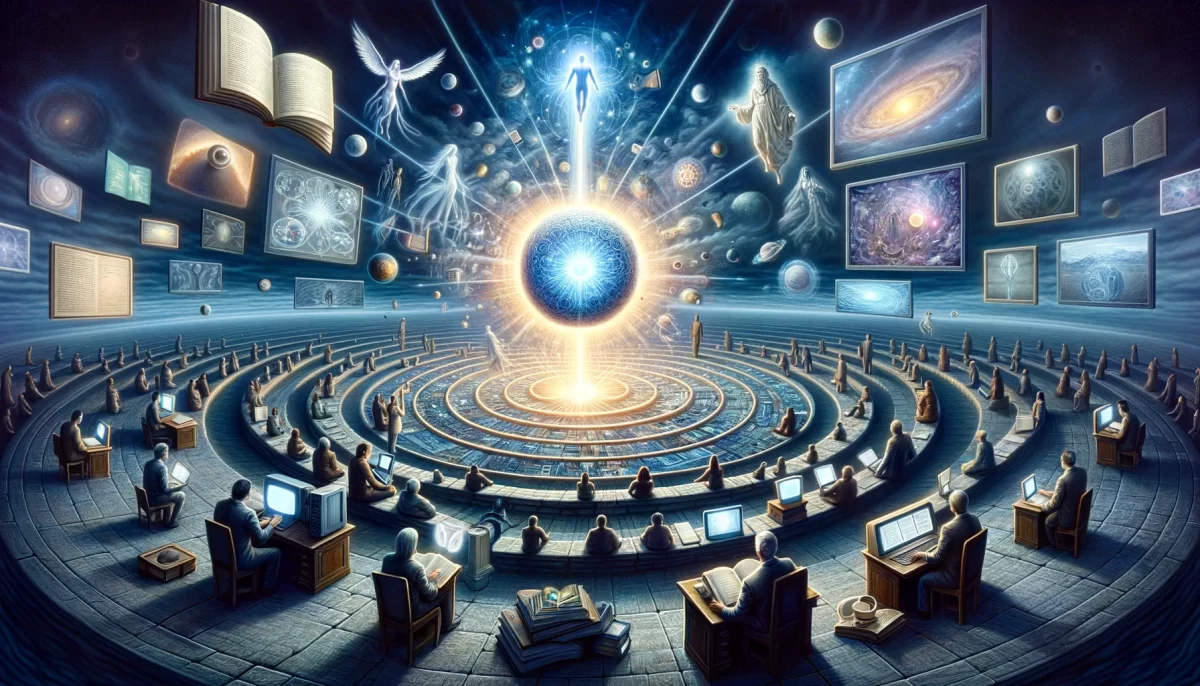
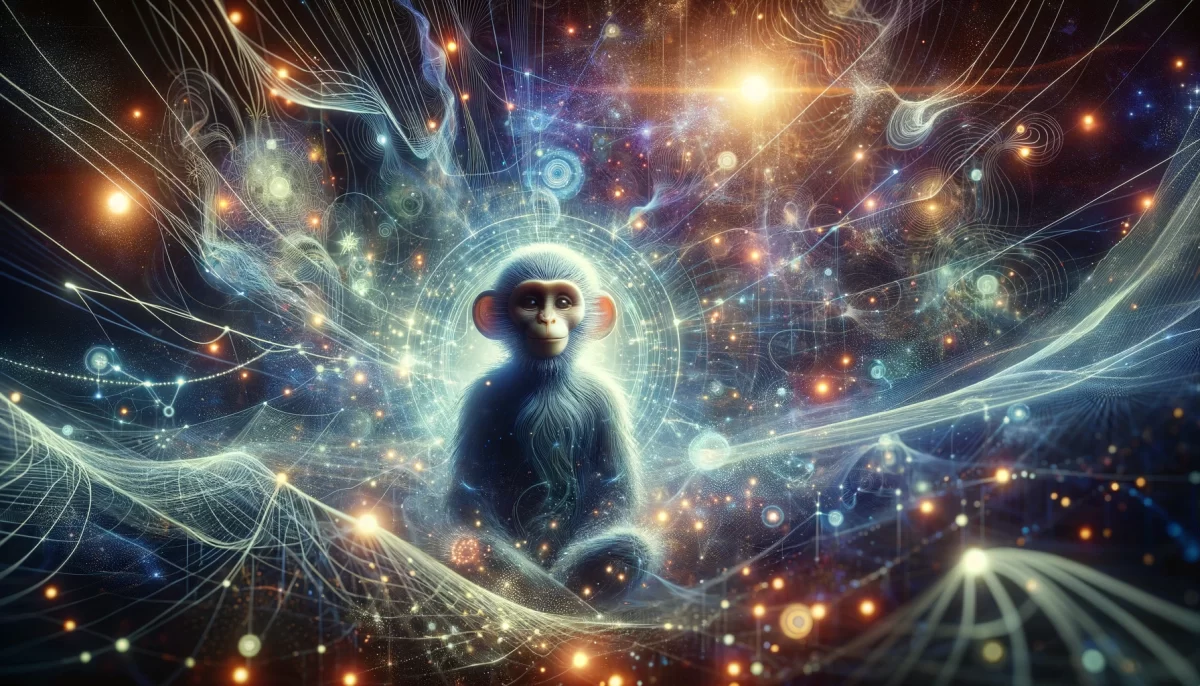





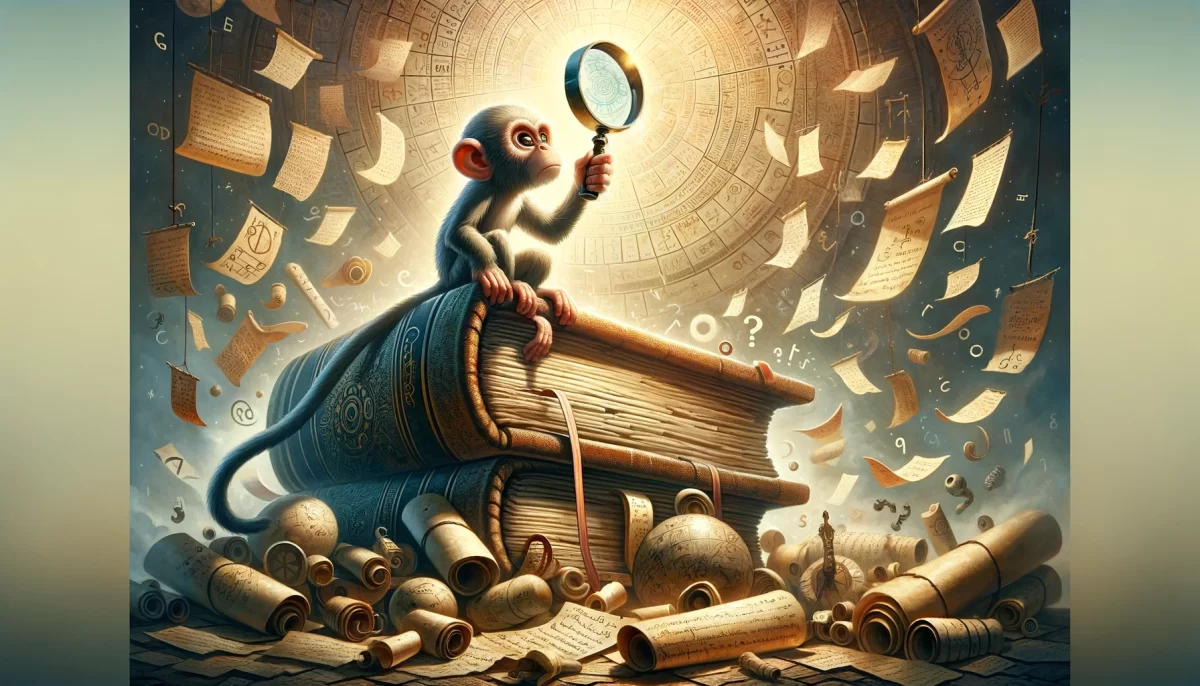
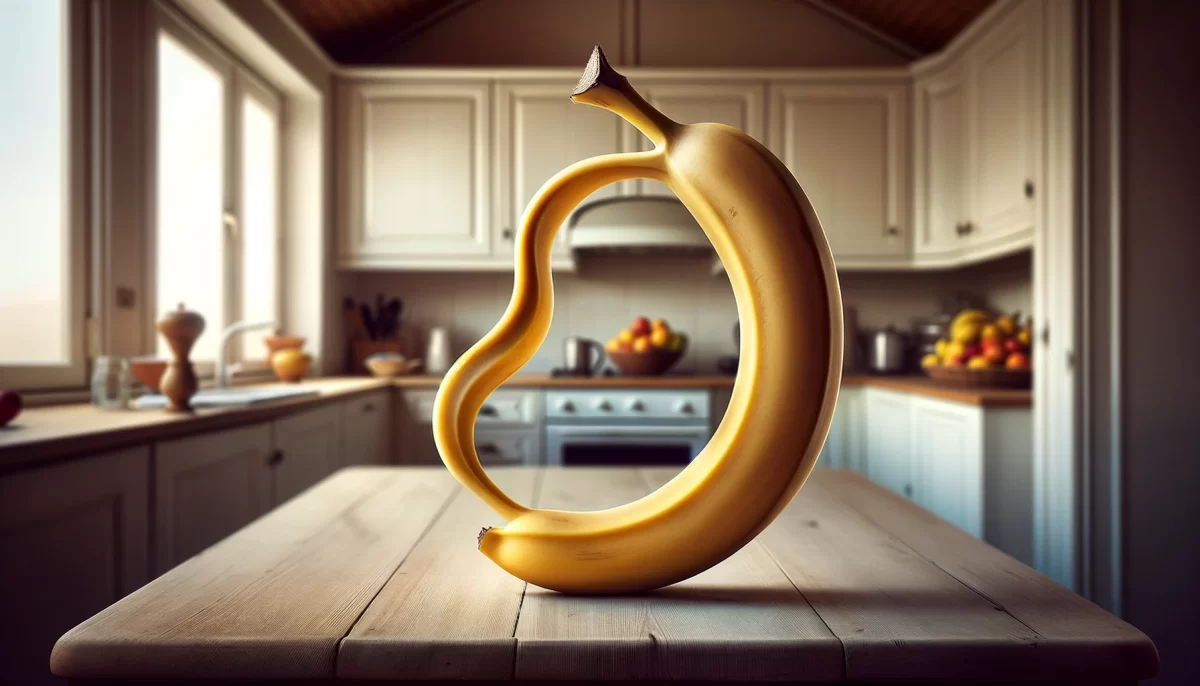
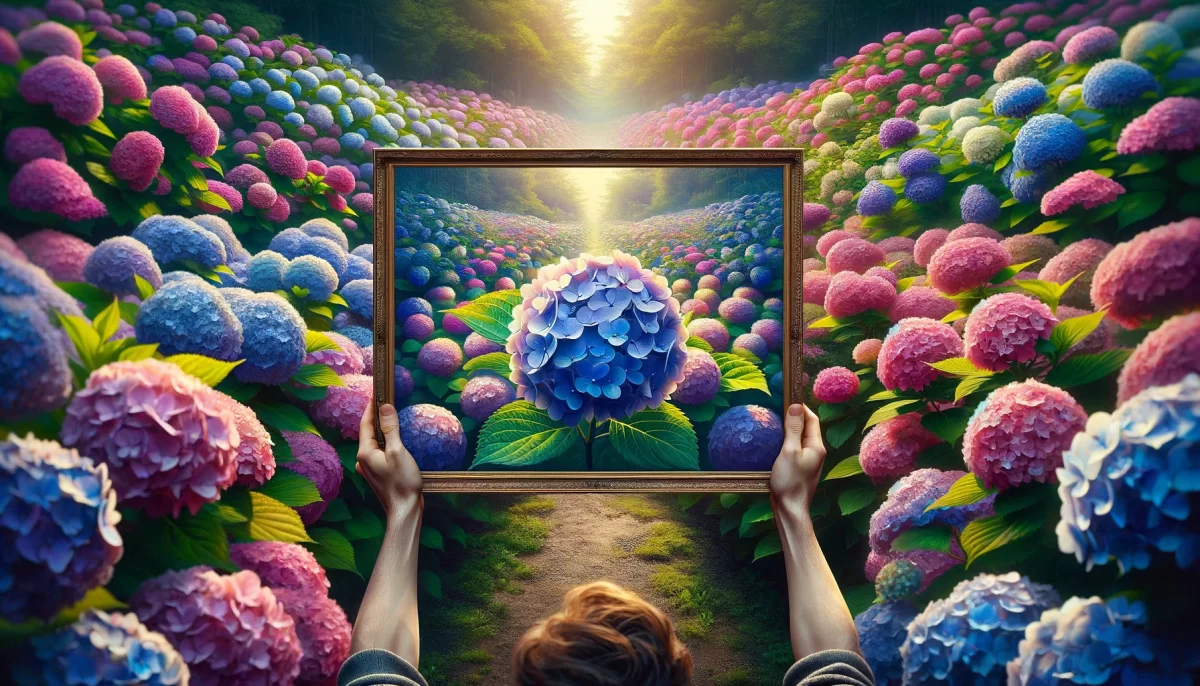
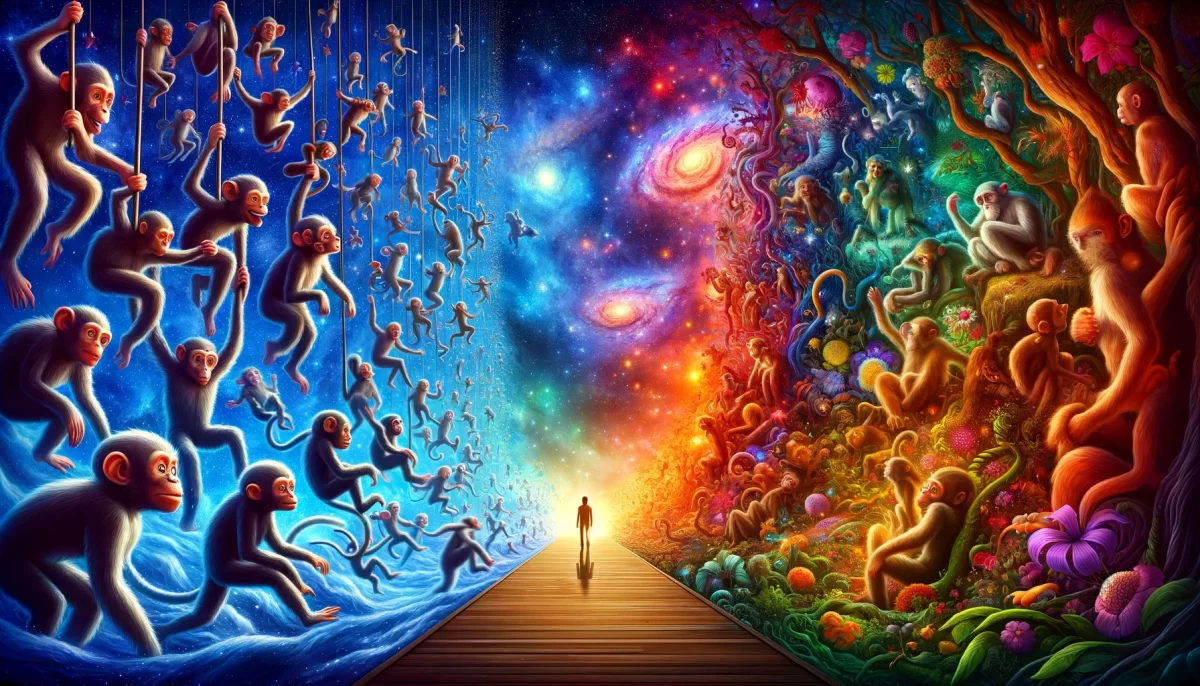
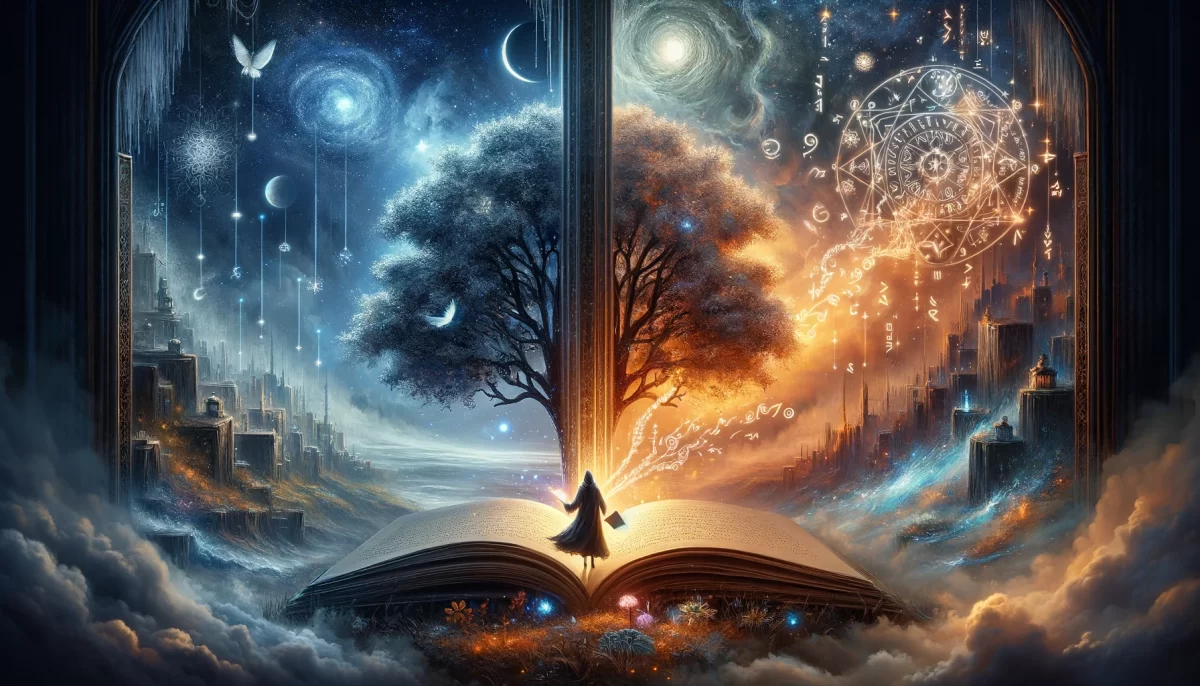
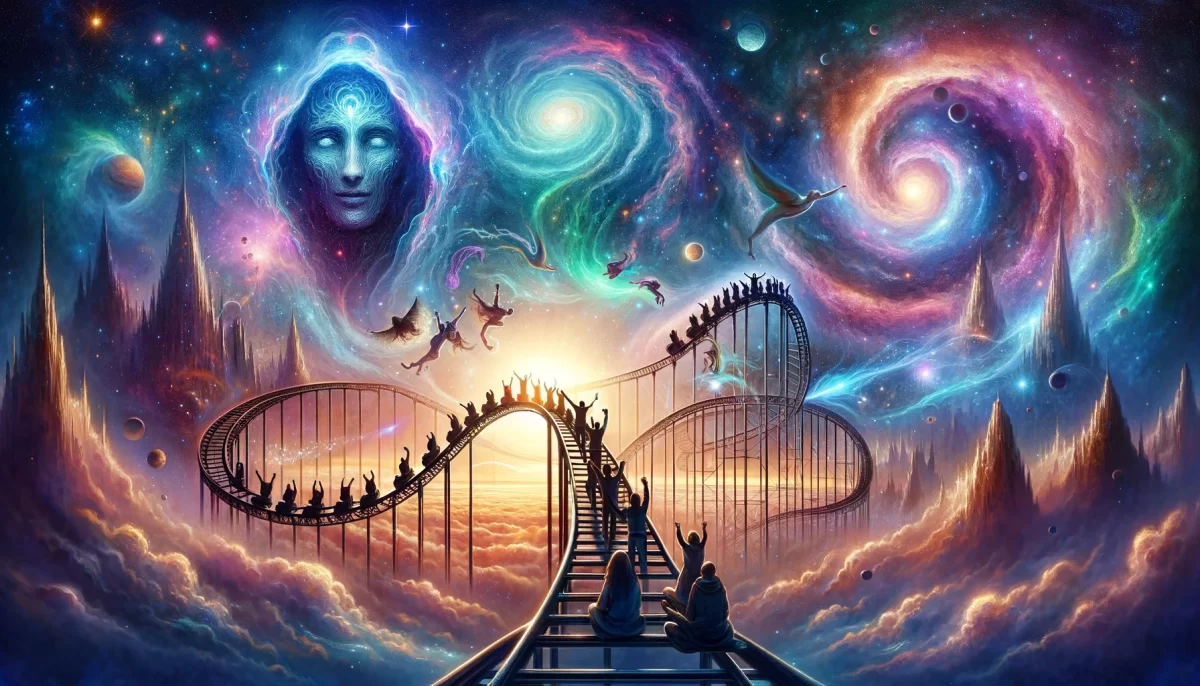
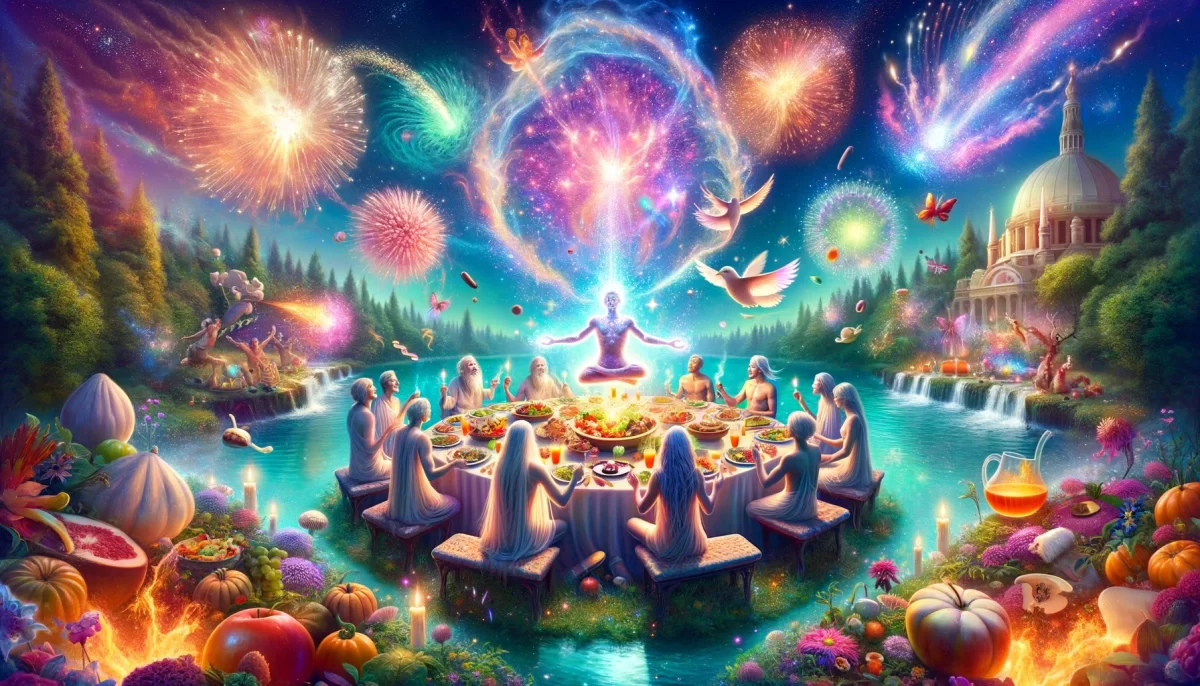
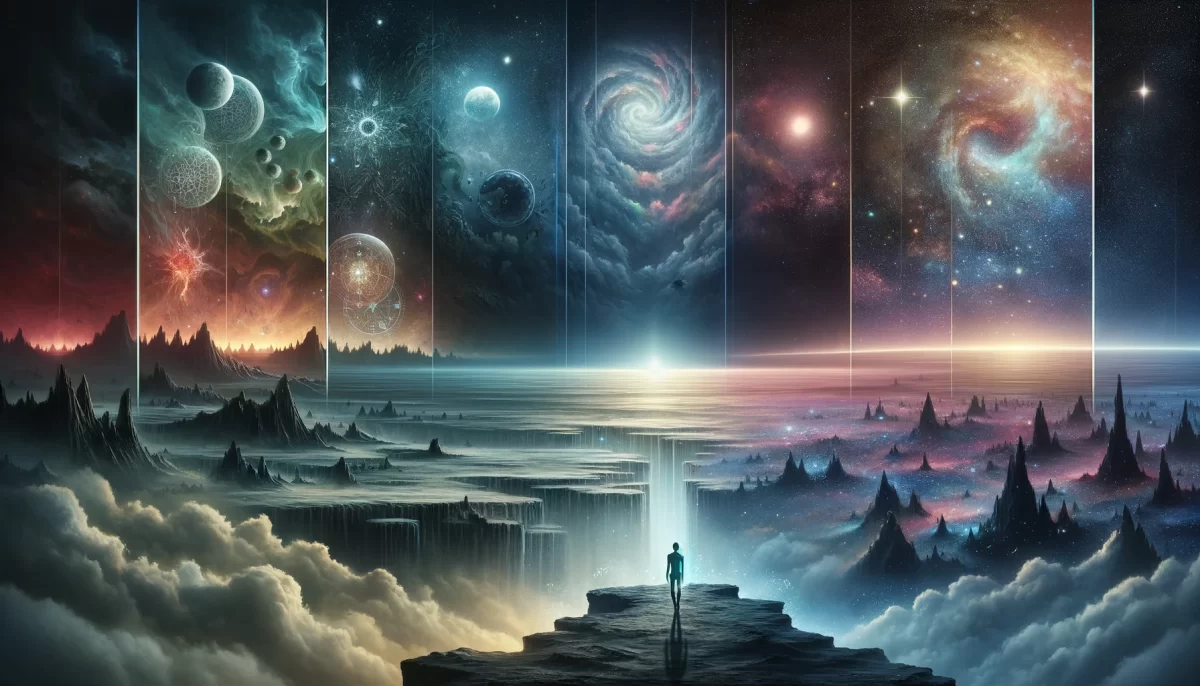
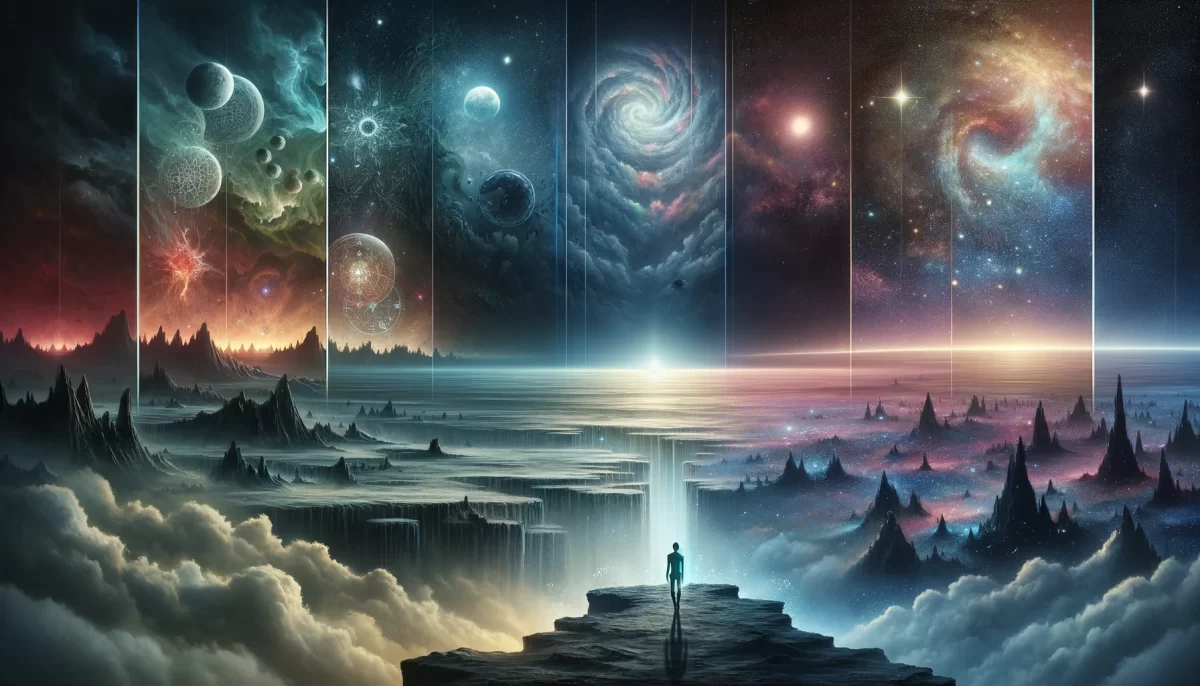
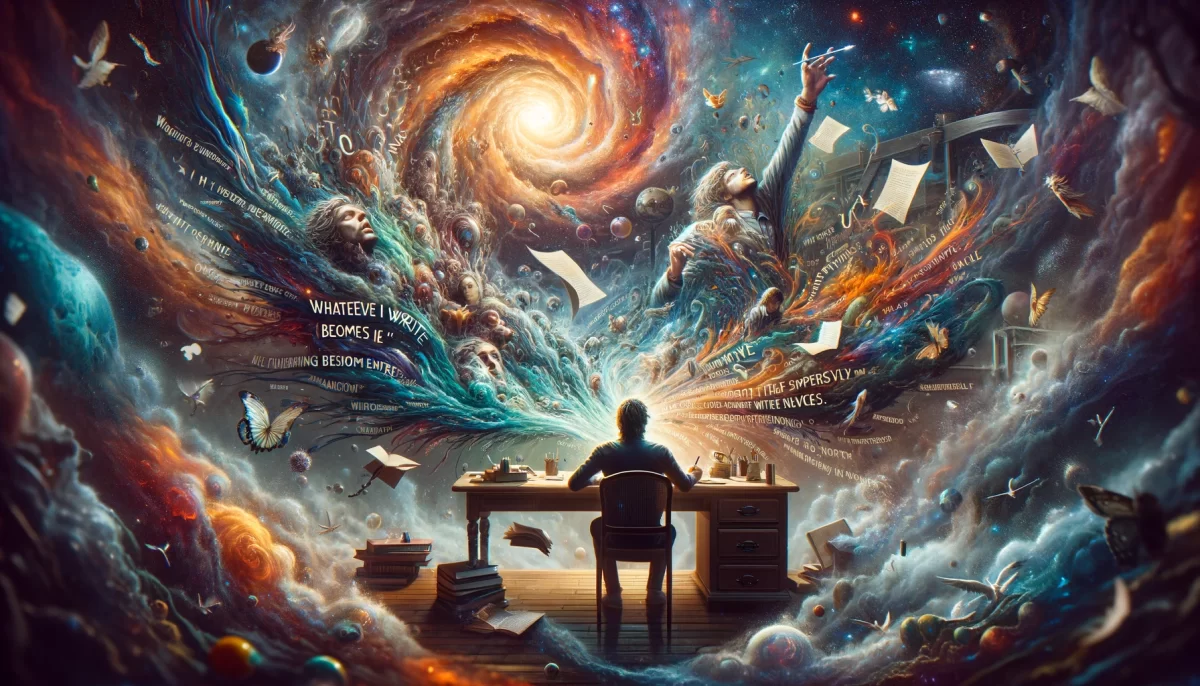
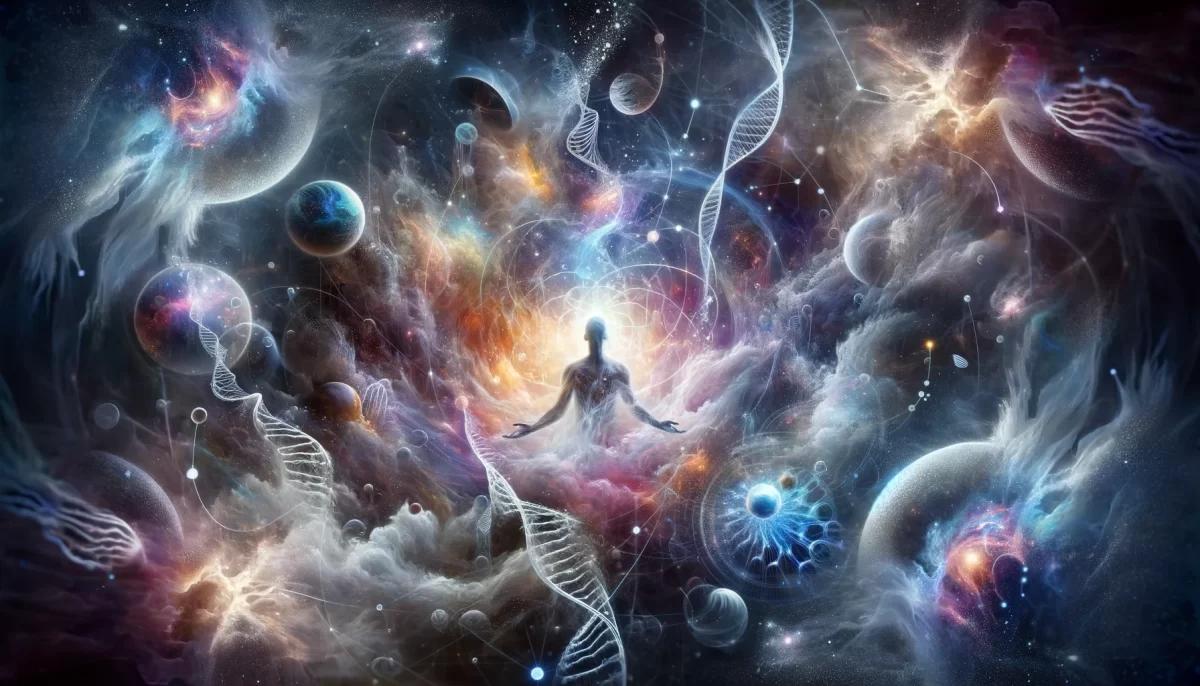
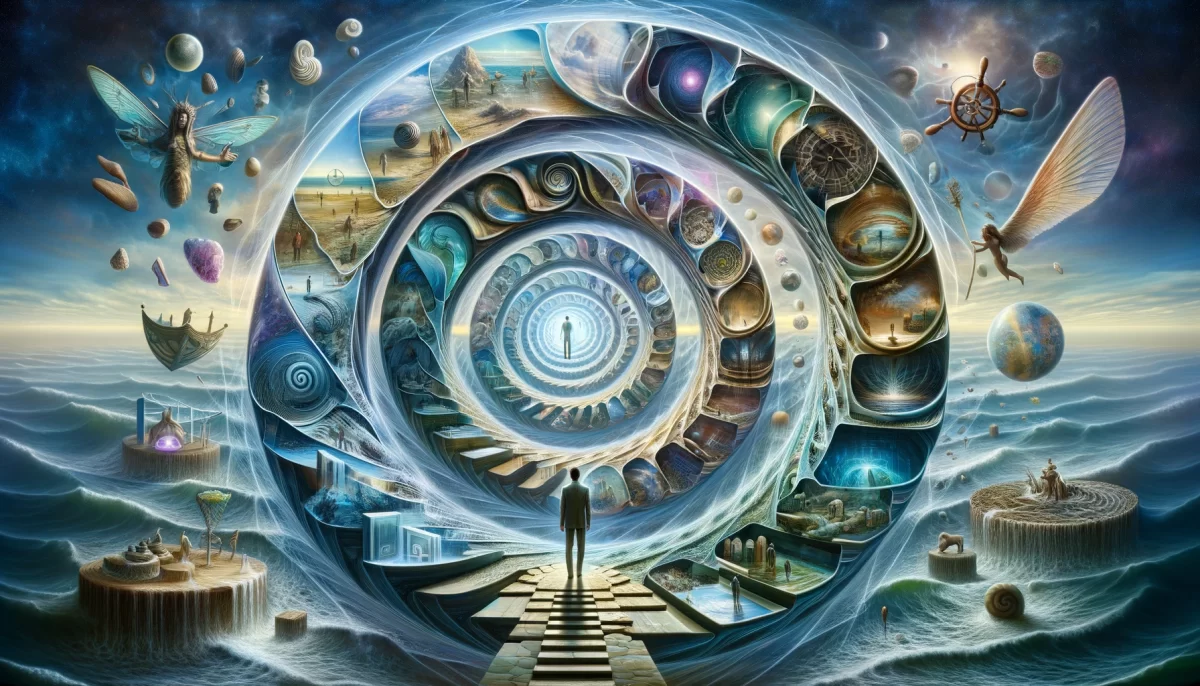
Leave a Reply